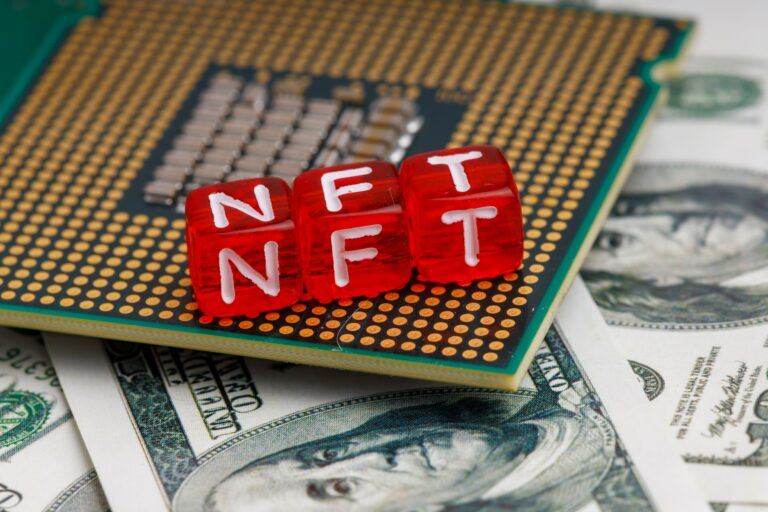A recent blog post by DappRadar reported that Blur’s new platform, Blend, has made a meteoric rise in the non-fungible token (NFT) lending market. Blend, a peer-to-peer lending protocol launched by Blur on May 1, 2023, has seen an astonishing 3945% growth in its first weeks of operation. The total loan volume surged from 4,200 ETH ($7.6 million) on its first day to 169,900 ETH ($308 million) in just 22 days.
Blend’s rapid growth has allowed it to outperform other centralized platforms by approximately 2.93 times in weekly loan volume. Furthermore, Blend now represents 82% of the borrowing volume across all NFT lending protocols.
The Total Value Locked (TVL) in Blend has also seen a significant increase, rising from $5.21 million on its launch day to $24 million by May 22, marking a 360% growth. This increase in Blend’s TVL has also fueled the overall TVL of Blur, which rose from $119 million to $146 million, a respectable increment of 22.6%.
Blur’s rise to prominence was ignited by the successful completion of its Season 1 and subsequent token launch, propelling it past OpenSea in trading volumes. Currently, in its Season 2 incentives campaign, Blur has devised a unique strategy to bolster its position.
Traditional bidding and listing points aside, Blur is incentivizing traders to exclusively list their NFTs on its platform by offering rewards. 300 million BLUR, equivalent to $186 million, has been earmarked for this purpose. This tactic has lured numerous NFT whales to the platform, resulting in $19 million in recorded wash trades on Blur over the past week, transacted from 1,494 wallets.
However, the trading volume over the past seven days was $104.35 million, a 15.93% decline from the preceding week. This shift suggests that Blur is currently being primarily used for loans rather than trading. In fact, in the last seven days, nearly half (46.20%) of Blur’s activity originated from NFT loans, transacted by an average of 306 unique daily users.
Since its launch, the trend in daily unique users has been on an upward trajectory. On its first day, Blend registered 218 users, but by 22 May, the number had swelled to 358, a significant 64% increase. In fact, these figures represent an average of 60% of users utilizing other lending platforms over the same 7-day period.
Blend has indeed made remarkable strides in the NFT lending protocol, leaving an indelible mark in a remarkably short span of time. The milestones achieved by Blend in just 22 days are incredible, achieving a loan volume that other NFT lending protocols have taken years to reach.
This growth and dominance by Blend attest to its successful strategy. Before Blend entered the market, at least eight other NFT lending protocols, including NFTfi and BenDAO, were vying for prominence. NFTfi, the pioneering NFT lending protocol, launched back in May 2020 and since then, managed to facilitate a total loan volume of $427 million.
BenDAO, another notable player in the realm of NFT lending, also made significant strides. Despite being a relatively new entrant, BenDAO amassed a total loan volume of $315 million over a span of more than a year.
However, Blend has truly disrupted the market. The Blend team has not only impacted the NFT trading volume substantially but has also established a firm footing in the NFT lending space in a remarkably short period, setting an unprecedented standard for its competition.
Blend’s portfolio includes three NFT collections: CryptoPunks, Milady Maker, and Azuki. These collections have catalyzed the growth of a vibrant digital asset market, garnering attention from a diverse range of traders and investors.
The recent incentives for the second season of BLUR airdrops have ignited an interesting trend in the NFT landscape. Notably, many NFT whales have taken a somewhat aggressive approach to farming on the platform. They’ve been notably offloading significant quantities of their blue chip NFT holdings onto the marketplace, resulting in a trend of major NFT ‘dumps.’
This peculiar pattern unfolded dramatically on 21 May, when a serious number of blue chip NFTs from esteemed collections were unloaded onto Blur. A staggering 25 CryptoPunks were put up for bids, raking in a total of 1,200 ETH, equivalent to around $2.2 million.
The incentive structures on Blur seem to encourage, or at least do not discourage, significant sales of blue chip NFTs. This leads to volatile market conditions and potentially inflated trade volumes, driven not necessarily by organic demand but rather by the pursuit of airdrop rewards. Such a trend, while interesting, might pose risks for the stability and health of the NFT market as it could lead to significant price volatility and possible manipulation.
Featured Image Credit: Photo / illustration by “Andrey Metelev” via Unsplash









